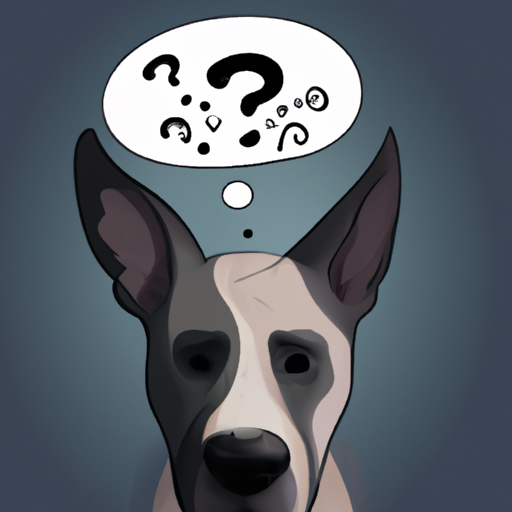As a caregiver, understanding your furry friend’s body language, especially ear movements, is crucial. Dogs use their ears to express a range of emotions and intentions. Here is a comprehensive guide on what a dog’s ears laid back could mean.
Understanding Canine Body Language
Simply observing your dog’s ears can give you valuable insights into what they may be feeling. Dogs’ ears are incredibly expressive and can indicate a wide range of emotions and intentions:
- Alert: Ears perk up
- Relaxed: Ears in a neutral position
- Scared or Submissive: Ears laid back
Decoding the “Ears Back” Position
When a dog’s ears are laid back, it’s typically a sign of fear, anxiety, or submission. Here are the possible interpretations:
- Fear or Anxiety: If your dog’s ears are pinned back along with other signs like tucked tail and lowered body, your dog could be scared or anxious.
- Submission: In dog language, laid-back ears often signal submission. Your dog might be trying to show respect to a more dominant figure.
Factors Influencing Ear Positions
Various factors can influence the position of a dog’s ears:
- Breed: The breed of your dog can greatly affect the positioning and movement of their ears. Breeds with naturally floppy ears may not display the same range of motion as those with upright ears.
- Mood: Mood plays a significant role in ear positioning. When your dog is happy or excited, you’ll notice their ears are more perky and upright.
Interpreting Other Body Signals
While the ears can provide a wealth of information, they’re just one piece of the puzzle. Other body signals to look for include:
- Tail wagging: This can indicate excitement or fear, depending on the speed and direction of the wag.
- Body posture: A rigid body might mean your dog is on high alert, while a relaxed, loose body usually indicates contentment.
Frequently Asked Questions
Q: What if my dog’s ears are always back?
A: Some dog breeds naturally have ears that lay back. However, if this is a new behavior, it’s worth discussing with your vet.
Q: How can I comfort my dog if their ears are back due to fear or anxiety?
A: Try to remove the source of stress, if possible. Offering a safe space, like a crate or quiet room, can also help.
Q: Can I train my dog to move their ears differently?
A: While some ear movement can be taught, it’s generally not advisable. Dogs use their ears to communicate naturally.
Q: What other signs should I look for to understand my dog’s emotions?
A: Look for changes in body language, like tail wagging, body posture, and facial expressions.
Decoding your dog’s body language, including ear positions, is a skill that can greatly enhance your relationship with your canine companion. Remember, every dog is unique, so take the time to understand what your own dog’s signals mean.



